A month of early television OTDs: January
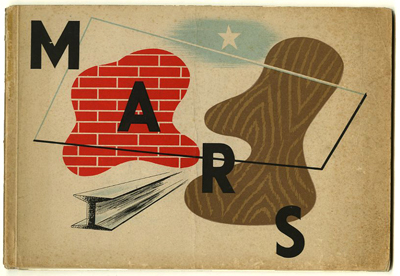
John Wyver writes: Since the end of November I have been posting most days about an aspect of British television before the Second World War. Through January I have managed a post each day, and here I have brought together the links to of each one, along with a short description of each, arranged in chronological order of the programmes, events and publications that they discuss.
My aim is to continue with these posts through to the publication in early 2026 of my book Magic Rays of Light: British Television between the Wars, which is a cultural history of the medium between 1926 and 1939, and which is linked to the Centenary (see the first entry below) of John Logie Baird’s first public presentation of “true television”.
• OTD in early British television: 26 January 1926: the first public presentation by John Logie Baird of what he called “true television” in rooms above what is now Bar Italia in London’s Soho.
• OTD in early British television: 16 January 1935: a broadcast with prima ballerina Lydia Sokolova and Harold Turner, both important figures in the history of British dance.
• OTD in early British television: 31 January 1935: publication of one of the most consequential documents in the history of British television, the Report of the Television Committee chaired by Lord Selsdon.
1937
• OTD in early British television: 8 January 1937: Burnt Sepia, television’s first variety programme featuring exclusively Black artists, headlined by American singer and dancer Eunice Wilson.
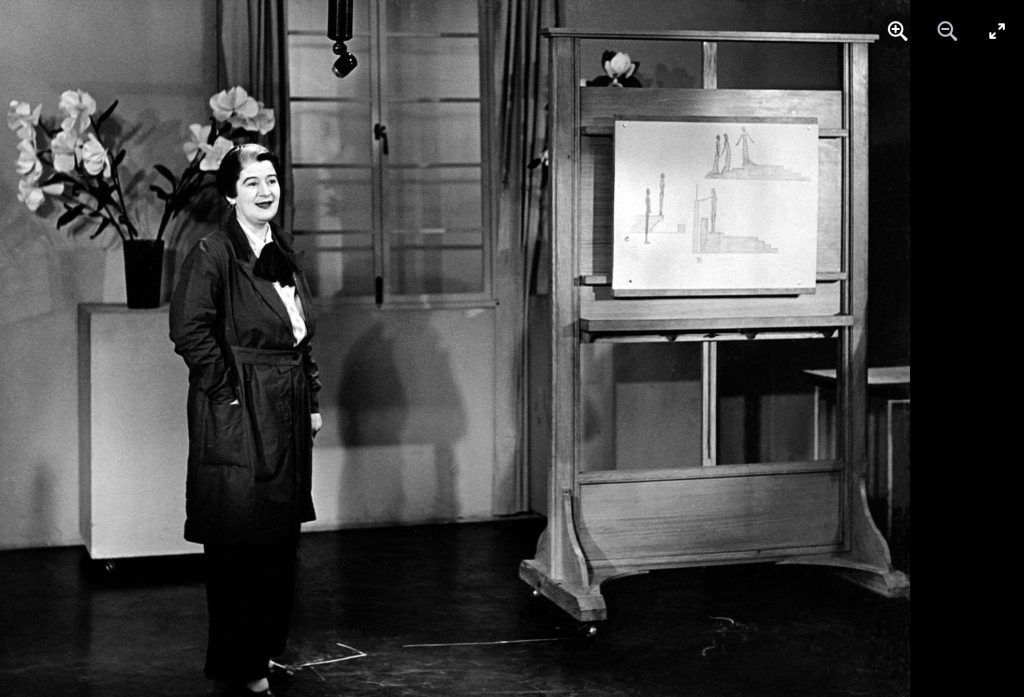
• OTD in early British television: 12 January 1937: the first broadcast from Alexandra Palace of a series titled The World of Women, with designer Molly McArthur speaking about her sets and costumes for Tyrone Guthrie’s Old Vic production of Love’s Labour’s Lost.
• OTD in early British television: 18 January 1937: programme of folk songs and sea shanties by the Arts League of Service, a group with a fascinating back-story.
• OTD in early British television: 19 January 1937: transmission of the first original script for ‘high definition’ television, The Underground Murder Mystery, and – thanks to assiduous research by readers – new light on its somewhat mysterious author.
• OTD in early British television: 25 January 1937: three months on from the launch at Alexandra Palace, The Midland Daily Television offers a round-up of how television looks from the Midlands.
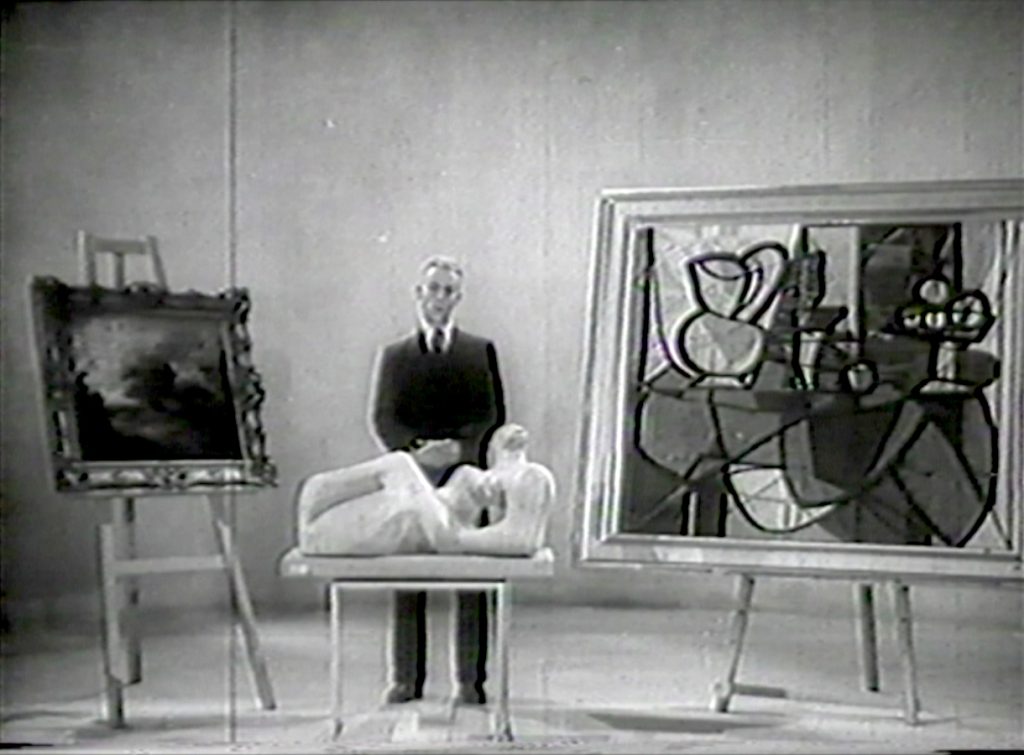
• OTD in early British television: 27 January 1937: John Piper showcases paintings old and new, borrowed from a range of London galleries.
• OTD in early British television: 30 January 1937: the final day of Baird system transmissions from studio B, plagued as the system had been all along by technical malfunctions.
1938
• OTD in early British television: 4 January 1938: the first OB visit to Bertram Mills’s Circus at Olympia, from where broadcasts would be shown across the next five days.

• OTD in early British television: 5 January 1938: the fascinating and unexpected story Ragini Devi (above), appearing on Picture Page as ‘Indian dancer’ performing a Marwari dance.
• OTD in early British television: 7 January 1938: The Times carried a lengthy column under the title ‘One television year’ which is among the most vivid accounts of the workings of the pre-war television operation.
• OTD in early British television: 10 January 1938: a ten-minute broadcast titled Alexander Calder’s Mobiles, for which there’s a case to be made as the first television programme conceived as visual art.
• OTD in early British television: 11 January 1938: New Architecture, a 17-minute talk on given by John Summerson, prompted by the now-famous exhibition (with Ashley Havinden’s glorious catalogue cover featured in the header image) organised by the MARS Group.
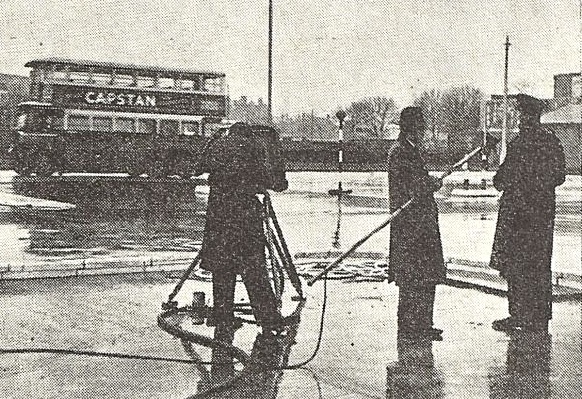
• OTD in early British television: 13 January 1938: an OB from the Chiswick headquarters of the London Transport Passenger Board focused on the training of a London bus driver.
• OTD in early British television: 17 January 1938: a production of Webster’s The Duchess of Malfi, and Grace Wyndham Goldie’s concerns about it.
• OTD in early British television: 22 January 1938: a table tennis demonstration with great Victor Barna in the studio at Alexandra Palace.
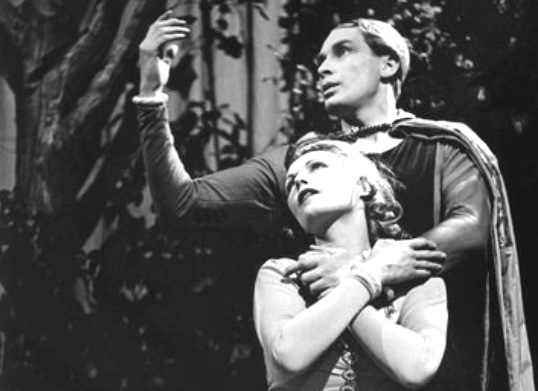
• OTD in early British television: 24 January 1938: Dallas Bower’s bold and controversial broadcast of act 2 of Wagner’s Tristan and Isolde.
1939
• OTD in early British television: 1 January 1939: hosted by British Olympic ski-er Peter Boumphrey and the Television service’s new face for fashion, Bettie Cameron Smail, Snow and Ice was a where-to-go and what-to-wear broadcast for aspirant ski-ers.
• OTD in early British television: 2 January 1939: a pioneering live broadcast of Twelfth Night from the Phoenix Theatre with Peggy Ashcroft in Michel Saint-Denis’s staging.
• OTD in early British television: 3 January 1939: a studio repeat presentation of Denis Johnston‘s contemporary comedy The Moon in the Yellow River, produced for the cameras by the author himself.
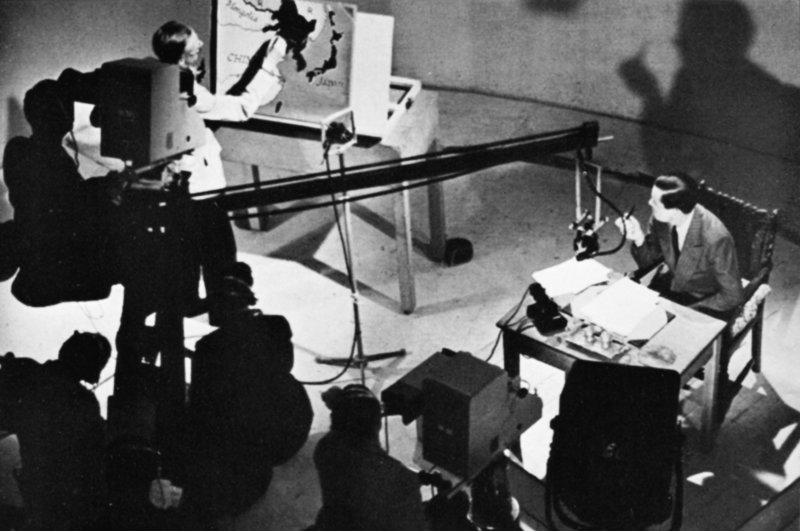
• OTD in early British television: 6 January 1939: the eigth edition of News Map (above, albeit a different edition), in this case with journalist and scholar Elizabeth Monroe speaking about ‘the interests of Great Britain, France and Italy in the Mediterranean’; maps were drawn live by J.F. Horrabin.
• OTD in early British television: 9 January 1939: Lambeth Keeps on Walking, a hybrid feature and variety line-up presented by Tom Harrisson with composer Noel Gay about ‘the career of “The Lambeth Walk”‘.
• OTD in early British television: 14 January 1939: the second presentation of Schubert Night, an ambitious early performance and drama hybrid about the life and work of a composer.
• OTD in early British television: 15 January 1939: an OB from Watford Junction railway station, the first of a series conceived to showcase activities in various workplaces in and around London.
• OTD in early British television: 20 January 1939: a re-run of one of early television’s performance high-spots, Humperdinck’s opera Hansel and Gretel done as a mime.

• OTD in early British television: 21 January 1939: an accident on live television during a roller-skating act, plus Paul Nash talking Surrealism (on 21 January 1938).
• OTD in early British television: 23 January 1939: transmission of the bold ‘meta’ thriller Rehearsal for a Drama, co-scripted by Rudolph Cartier and set in a television studio.
• OTD in early British television: 28 January 1939: a table tennis OB from the Empire Pool, Wembley, with grumpy comments about the commentary from Listener critic Peter Purbeck.
• OTD in early British television: 29 January 1939: an OB from the International Telephone Exchange at the Faraday Building as an example of ‘the technological sublime’.
Much of the information in these posts is greater detail about topics that are mentioned in my book but not explored as fully as here. Radio Times has been central to my research, with issues available via the invaluable online BBC Programme Index.
But I also want to pay tribute to the extraordinarily diligent compilation and editing work of Andrew Martin, who with Kaleidoscope has published the gloriously detailed 7-volume Sound & Vision collection which reproduces the text of all the extant Programme-as-Broadcast forms from the interwar period.
Leave a Reply